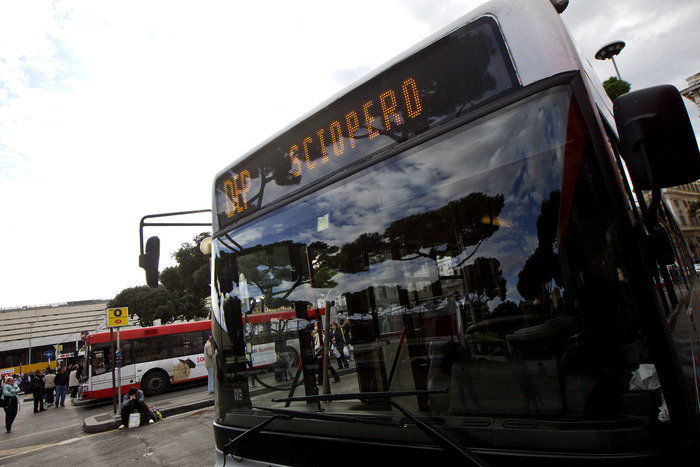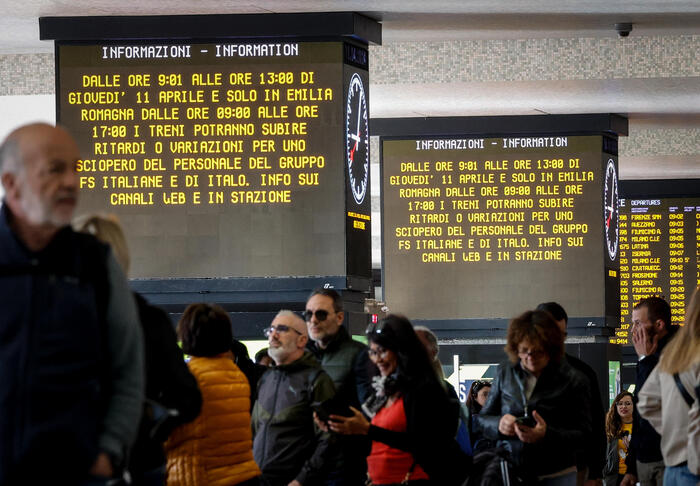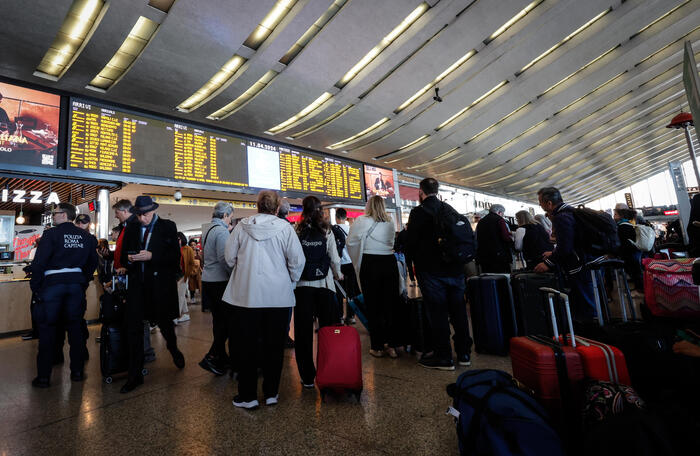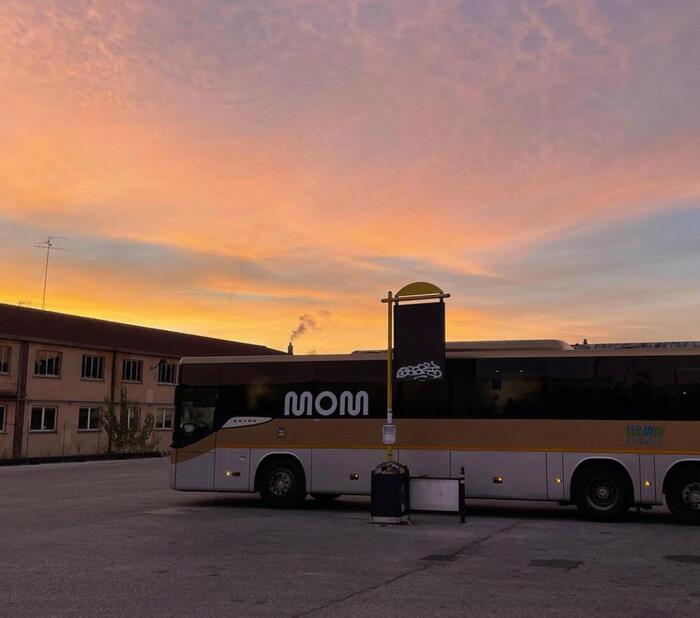Icon: enlarge
Where does public transport go in the country?
Outside the metropolises, buses and trains are in crisis
Photo: iStockphoto / Getty Images
SPIEGEL:
Mr. Oswalt, many people in large cities are increasingly able to get by without their own car, but in rural areas, cars are often indispensable.
Fewer and fewer people get on buses there.
But you see a way out - what exactly can you do?
Oswalt:
Our scenarios for Hessen show that the public service bus in the countryside is being phased out.
In small villages, buses should only run on demand.
SPIEGEL:
Do you want to give up regular service?
Oswalt:
No, not exactly.
In rural areas, today's range of scheduled services is unattractive and uneconomical for the municipalities.
A bus rarely drives and because it rarely drives, it is rarely used.
A vicious circle.
The transport companies should concentrate on the routes with many passengers with regular buses and enable a more frequent frequency there.
Small on-demand shuttle buses are a more sensible addition for villages.
They drive when there is a need.
SPIEGEL:
If municipalities currently offer on-call buses, passengers have to reserve one to two hours before the journey.
It's not exactly suitable for everyday use.
Oswalt:
That has been the case so far, in some regions the providers even require a day's lead time.
Modern systems are faster.
The Offenbach district has introduced ridesharing with on-demand shuttles as in large cities.
Citizens can order minibuses with an app or by phone.
Up to eight people then share a trip.
The stops are predetermined, but there are significantly more of them than the conventional bus stops.
SPIEGEL:
How do people in the Rhine-Main region accept the shuttles?
Oswalt:
Almost a quarter of the population has signed up for the service.
That is an astonishingly high number.
SPIEGEL:
Even in the outskirts of large cities, ride sharing is difficult to finance.
Are the costs for the many minibuses and drivers not higher than for regular services?
Oswalt:
The additional financial requirement is manageable.
Model calculations show that around twelve vehicles would be required for the Kassel district.
For this, some buses could be omitted.
In addition, the better supply would also increase demand and income.
Overall, the combination of concentrated line connections - so-called PlusBussen - and ridesharing is more user-friendly and more economical.
Initial model tests such as the hopper shuttle in the Offenbach district have already shown this.
SPIEGEL:
You see such concepts as precursors for public transport with fully autonomous ride-sharing vehicles.
Will such concepts also make one's own car superfluous outside of the cities?
Oswalt:
Autonomous driving will initially make one's own car even more comfortable.
Our study revealed a major risk for transport companies.
Unregulated autonomous private transport will in all likelihood erode further customers from them.
The digital transformation of traffic would torpedo the goal of getting climate change under control.
That is why the transport companies should make new mobility offers.
Ridesharing shuttles with a driver have a bridging function.
They are already improving the supply and some municipalities are already testing them in semi-autonomous operation.
SPIEGEL:
When the time comes, how will autonomous driving change traffic outside the cities?
Oswalt:
It will be many years before the computer will replace the driver.
When autonomous driving is ready for the market, according to our scenarios it will reinforce a trend that we have been observing since Corona.
Living in the country is becoming more attractive.
Especially for people who do not yet have a driver's license or who no longer drive themselves, i.e. for young people and many older people.
Commuters will be able to use their travel time differently.
People will migrate to where the land is cheap - the periphery.
Autonomous traffic could lead to new urban sprawl.
SPIEGEL:
In your project you also deal with how autonomous driving is changing building in rural areas.
They expect villages to have a new kind of center.
How does this happen?
Oswalt:
If we don't just let things go, but want to strengthen public transport, then we need social investments in the new mobility.
This includes mobility apps that connect different types of transport, autonomous on-demand shuttles and local mobility stations.
SPIEGEL:
What do you mean by a mobility station?
Oswalt:
Every district in rural areas should have a mobility hub.
A well-designed stop for public transport with a temperature-controlled waiting area.
There are parking spaces for commuters and bicycle racks with charging stations for e-bikes.
The offer should be supplemented by the integration of parcel stations.
The logistics industry is under even greater pressure than the transport companies.
The delivery of mail and parcels does not cover costs over the last few miles in rural areas.
Many delivery services are therefore on the verge of introducing surcharges for customers in rural areas.
People could collect their parcels at mobility hubs.
SPIEGEL:
So a mobility hub is simply a bus stop with a bicycle stand and a parcel station?
Oswalt:
More than that, mobility hubs could become social places for villages.
A stop for bakers or butchers who stop there twice a week.
Or with vending machines, a sharing box to swap books or fruit from your own garden that you share with neighbors.
People get a place again where they can talk to each other.
SPIEGEL: The
bakery and inn have closed; instead, people are talking at the bus stop - is that really realistic?
Oswalt:
That may sound strange, but in fact, such a conversion of functional infrastructure has been around for a long time.
Take gas stations, for example: They were always the hang-out for young people.
A petrol station originally had a purely transport function in the village as well, but other social functions are crystallized into it.
There you get drinks and fresh bread in the morning, sometimes even local fruit and vegetables, and so the gas station becomes a meeting point.
SPIEGEL:
How exactly does an architect imagine a bus stop as a meeting point so that it really helps to change mobility?
Oswalt: It
starts with the quality of stay: Am I protected from noise and weather and do I have shade in summer?
And what am I looking at: other people?
Nature?
Open roofs as social meeting places play a very important role in the cultural history of mankind.
Think of the Italian loggia.
My students are supposed to create their first drafts for mobility hubs in the winter semester.
With more attractive stops and connections, local public transport would again become a model for a climate-friendly future in rural areas.
Icon: The mirror









